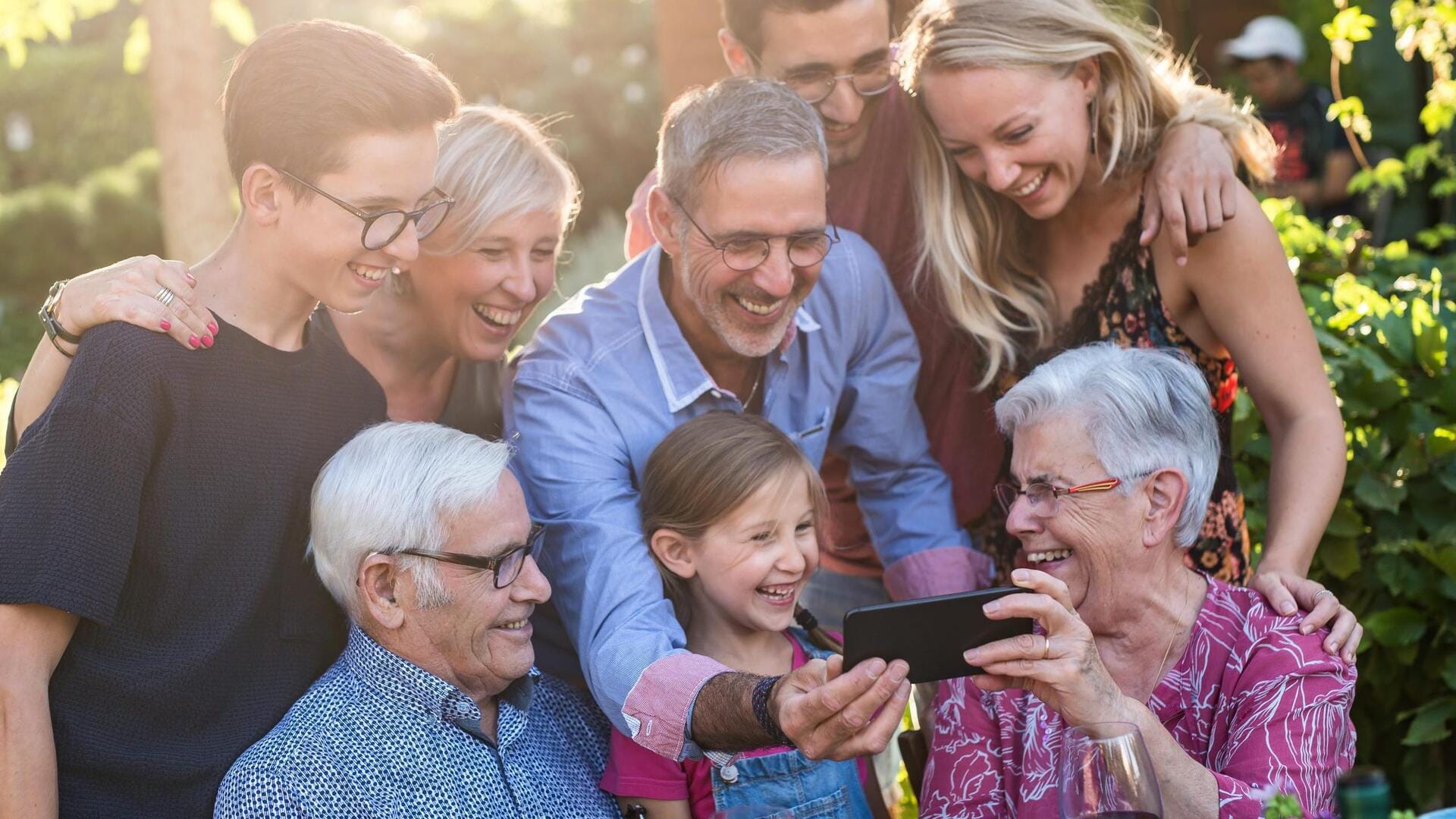
How to build empathy in kids through storytelling
What's the story
Storytelling is a powerful tool that can help kids develop empathy. By immersing themselves in stories, kids learn to understand and share the feelings of others. This not only boosts their emotional intelligence but also helps them develop better social skills. Here are five effective ways to use storytelling to teach empathy to kids, each offering unique insights into how stories can shape compassionate individuals.
Tip 1
Choose diverse characters
Selecting stories with diverse characters is another great way to teach kids empathy. When kids read about characters from different backgrounds, they learn about different cultures and perspectives. This exposure helps them understand that people have different experiences and challenges, fostering a sense of compassion and respect for others.
Tip 2
Encourage role-playing
Role-playing scenes from stories can be an effective way for kids to step into the shoes of different characters. By acting out different scenarios, kids get to experience the emotions and challenges faced by others. This interactive method deepens their understanding of different viewpoints and nurtures empathy.
Tip 3
Discuss emotions in stories
Talking about the emotions of characters in a story can help kids recognize and relate to those feelings. Asking questions like "How do you think this character feels?" or "What would you do in their place?" encourages kids to think about emotions deeply. This practice enhances their ability to empathize with real-life situations.
Tip 4
Use story-based games
Story-based games are another engaging way to teach empathy through storytelling. These games usually require kids to make decisions for characters or solve problems together. By working through these storylines, kids learn cooperation, understanding, and empathy as they navigate different challenges with peers.
Tip 5
Share personal stories
Sharing personal stories also makes for a great way to teach kids empathy through storytelling. When adults share their own experiences, it creates a safe space for kids to express themselves and relate to others' experiences. This practice not only strengthens the bond between the storyteller and the listener but also nurtures empathy by allowing kids to see the world through someone else's eyes.